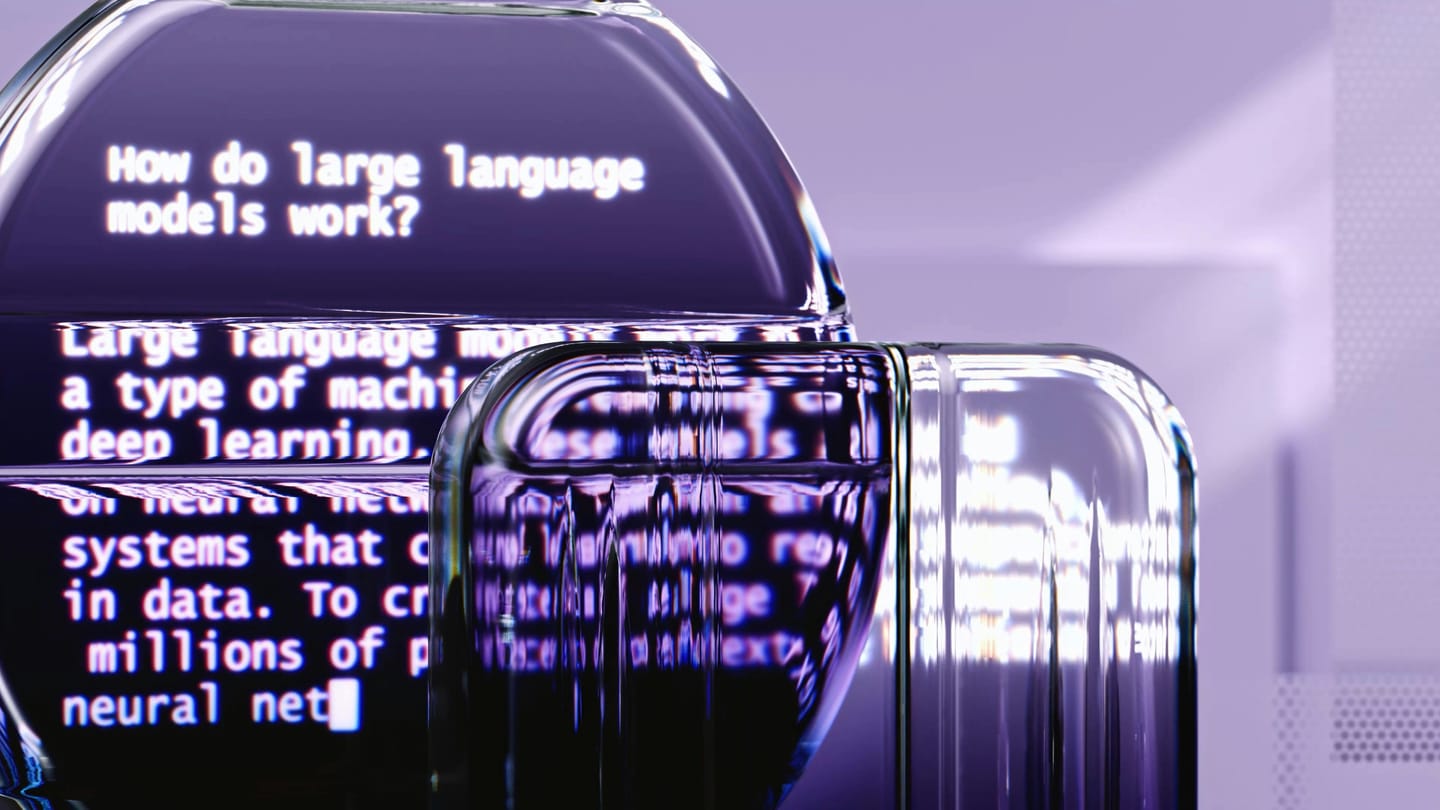The Attention Mechanism: The Key to Understanding Linguistic Relationships
The attention mechanism has fundamentally reshaped natural language processing (NLP), enabling models to capture complex linguistic relationships with unprecedented accuracy. Introduced prominently in Vaswani et al. (2017), attention allows models to focus on relevant parts of input sequences, enhancing performance in tasks like machine translation and sentiment analysis. This essay












